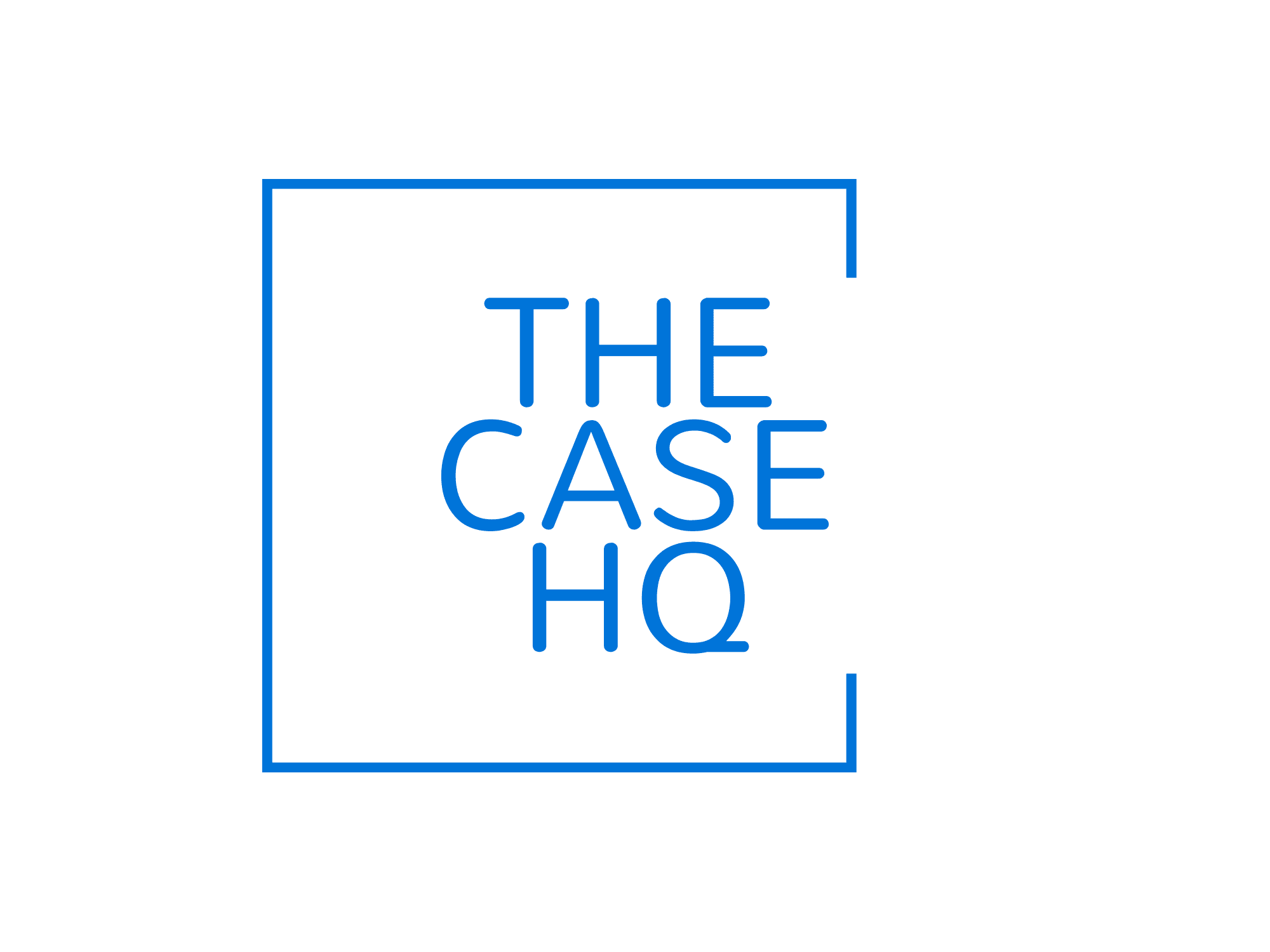Certified Agile Testing Foundation is your first step toward mastering Agile software testing in fast-paced, collaborative development environments.
Table of Contents
- Introduction: Why Agile Testing Matters Today
- What Is the Certified Agile Testing Foundation Professional (CATFP)?
- 7 Powerful Reasons to Enroll in CATFP
- Global Demand for Agile Testers
- Agile Testing Mindset Shift
- Continuous Testing in DevOps
- Hands-On Tools and Practices
- Career Opportunities Across Roles
- Globally Recognized Standards
- Professional Credibility and Growth
- Who Should Take CATFP?
- Benefits of Completing CATFP
- Comparison: CATFP vs Traditional Testing Certifications
- Resources and Links
- Conclusion: Becoming a Confident Agile Tester
Introduction
Certified Agile Testing Foundation Professional is your gateway to mastering the skills needed to succeed in today’s fast-paced software development world. Agile, Scrum, and DevOps have transformed how teams build and deliver products, and testing is no longer a separate phase but a continuous activity embedded across the lifecycle.
What Is the Certified Agile Testing Foundation Professional (CATFP)?
Certified Agile Testing Foundation Professional (CATFP) is more than just a credential, it’s a direct response to one of the most important shifts in the global technology landscape: the rise of Agile and DevOps. Over the last decade, organisations worldwide have abandoned slow, linear development cycles in favour of fast, iterative, and collaborative methods. Agile has gone from being a niche software movement to the dominant global standard for product delivery.
According to the 15th Annual State of Agile Report, more than 95% of organisations now practice Agile in some form, with Scrum leading as the most widely used framework. Gartner forecasts that by 2026, 70% of enterprises will have adopted Agile development practices at scale, making Agile not only mainstream but mission-critical. This shift has completely redefined the role of software testing. No longer is testing an activity done at the end of a release cycle; in Agile, it is continuous, collaborative, and embedded into every sprint.
This rapid adoption has created a global demand for Agile testers who can thrive in high-velocity environments. LinkedIn’s 2024 Emerging Jobs Report highlighted Agile Testing Specialist as one of the fastest-growing roles in IT, with job postings mentioning Agile testing increasing by over 60% in the last three years. Similarly, Glassdoor and Indeed list Agile and DevOps testing roles among the top-paid QA career tracks, often offering salaries 20–30% higher than traditional testing positions.
The market demand extends across industries. Banks are hiring Agile testers to validate mobile payment platforms. Healthcare organisations need Agile testers to ensure compliance with HIPAA and GDPR while keeping pace with rapid digital health innovation. Tech startups rely on Agile testers to maintain speed without sacrificing quality. Everywhere, the message is the same: Agile testers are no longer optional they are essential to product delivery.
The Certified Agile Testing Foundation Professional course is designed precisely for this environment. It equips learners with the mindset, practices, and tools to succeed in Agile teams where testing is not a gatekeeping activity but a driver of quality. By completing this certification, professionals not only stay relevant but also become leaders in an economy where speed, adaptability, and quality define success.
Deep Dive into Agile Testing Principles
The Certified Agile Testing Foundation Professional (CATFP) certification is built on the recognition that software testing is no longer a final gatekeeping step. Instead, in Agile and DevOps environments, testing is a continuous, collaborative, and integrated activity. To appreciate why Agile testing has become the industry standard, it is important to compare it with traditional testing, examine the Agile Testing Quadrants, and explore key practices such as Behaviour-Driven Development (BDD), Test-Driven Development (TDD), exploratory testing, and automation.
Agile vs Traditional Testing
In traditional “waterfall” development, testing typically occurs at the end of the project. Testers receive a finished product, validate it against requirements, and log defects. This linear approach often results in delayed feedback, high defect costs, and long release cycles. If a bug is found late in the process, fixing it can be time-consuming, expensive, and disruptive.
Agile flips this model on its head. Testing is continuous and integrated throughout the sprint. Rather than waiting until the end, Agile testers collaborate with developers, business analysts, and product owners from day one. Tests are written as soon as user stories are created, automation runs in every build, and exploratory sessions occur during development. The result is faster feedback loops, lower defect rates, and higher-quality products delivered at speed.
A key mindset shift in Agile is that testers are not gatekeepers but quality enablers. They empower the whole team to take responsibility for product quality, embedding testing into sprint planning, daily stand-ups, and retrospectives.
7 Powerful Reasons to Enroll in CATFP
1. Global Demand for Agile Testing Foundation
Agile adoption is skyrocketing across industries. Skilled Agile testers are in high demand, and CATFP signals to employers that you’re prepared for today’s Agile and DevOps reality.
2. Agile Testing Mindset Shift
Agile Testing Foundation teaches the critical shift: testers aren’t blockers — they are enablers of quality. You’ll learn how to integrate testing into daily Agile rituals and contribute directly to product success.
3. Continuous Testing in DevOps
Speed and quality must go hand in hand. You’ll understand how Agile testing supports CI/CD pipelines, exploratory testing, and automation to keep pace with modern delivery.
4. Hands-On Tools and Practices
From validating user stories to behaviour-driven development (BDD) and Agile testing quadrants, you’ll work with industry tools and scenarios to practice what you learn.
5. Career Opportunities Across Roles
Whether you’re a QA analyst, developer, Scrum Master, or product owner, Agile Testing Foundation expands your career options by giving you cross-functional testing competence.
6. Globally Recognized Standards
Aligned with frameworks such as ISTQB and SAFe, CATFP ensures your skills are globally portable and recognized by employers worldwide.
7. Professional Credibility and Growth
Adding CATFP to your professional profile signals commitment, adaptability, and leadership in Agile quality practices, setting you apart in competitive job markets.
Who Should Take CATFP?
- Early-career QA analysts and software testers
- Developers transitioning into Agile testing roles
- Scrum Masters and product owners wanting deeper testing insight
- Business analysts in Agile teams
- Experienced testers seeking a structured, validated approach to Agile delivery
Benefits of Completing CATFP
- Enhanced job readiness for Agile projects
- Stronger collaboration within cross-functional teams
- Skills aligned to Scrum, Kanban, and DevOps workflows
- Credibility with employers seeking Agile test professionals
- Preparedness for further Agile testing certifications
Visit our other artificial intelligence certifications
Comparison: CATFP vs Traditional Testing Certifications
| Feature | Traditional Testing | CATFP Certification |
|---|---|---|
| Testing Approach | Phase at end | Continuous process |
| Mindset | Gatekeeper | Enabler of quality |
| Tools and Practices | Manual testing only | Automation, BDD, CI/CD |
| Team Integration | Limited | Whole team approach |
| Recognition | Local/varied | Global frameworks |
Conclusion: Becoming a Confident Agile Tester
The Certified Agile Testing Foundation Professional (CATFP) course is your launchpad into the world of Agile quality assurance. By completing it, you’ll not only master Agile testing skills but also demonstrate the mindset and adaptability employers value most.
Whether you’re new to testing or a seasoned professional, CATFP will help you deliver faster, smarter, and higher-quality outcomes in Agile environments.
Take the step today to become a Certified Agile Testing Foundation Professional and lead with Agile confidence.

Course Content
Module 1: Introduction to Agile and Agile Testing


